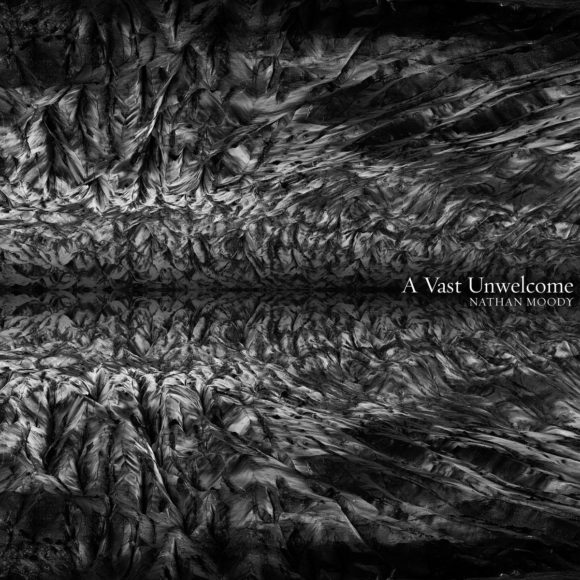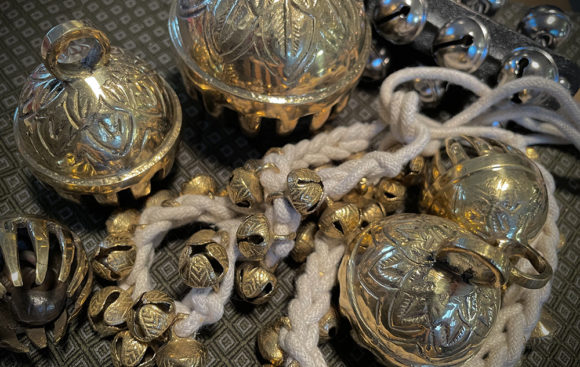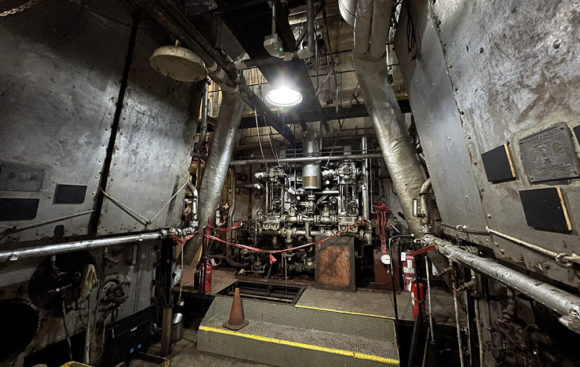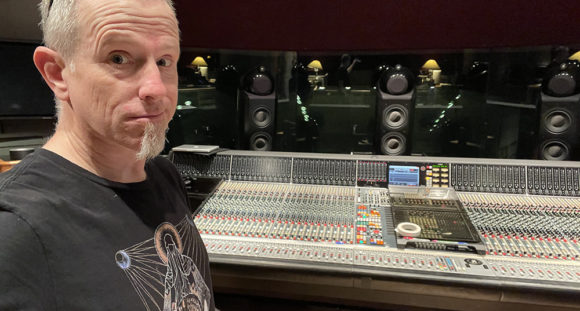The Making of “A Vast Unwelcome”
Posted: April 30th, 2023 | Author: Nathan | Filed under: field recording, music, sound design
When I released the EP A Vast Unwelcome on March 31, 2023, I said it was my first metal album, a comment that was both cheeky and 100% accurate.
It wasn’t metal in genre, but rather in timbre: Every sound on the album was made from metallic objects, metallic instruments, or a handful of virtual instruments that physically modeled complex metallic instruments. Since the timbres and process were so particular, I thought I’d discuss the album’s origin, recording process, and post-production, as this project represents my happy place of the intersection of sound design and music.
It also is a great example of how projects can start as one thing, and then morph into something quite different, and that the creative process is usually anything but linear and predictable.
From Magic to Metal
This album started as a series of recording sessions for a crowdsourced magic sound effects sound library. I ordered a number of bells, chimes, shakers, and more, and specifically set about recording them at 192 kHz with ultrasonic-capable microphones to preserve their high-frequency content when subjected to extreme pitch shifting. I also used unusual recording techniques, like striking chimes and then dipping them into water, recording the result with a hydrophone (similar to this technique I posted about many years ago).
The objects recorded included a waterphone, a custom Tim-Kaiser-designed instrument known as the Icarus, elephant bells, sleigh bell shakers, ankle bells, tree chimes, and more.

My musical inspiration came during “stress-testing” these recordings by doing extreme pitch and time manipulation. Since ostensibly these objects were instruments, there were tones and intervals I was hearing that led me to start assembling musique concréte sketches, not unlike my process for my previous all-wind-in-wires album, The Quivering Sky. I also started to integrate some field recordings I made aboard the SS Red Oak Victory, a restored WWII ammunition freighter. (More about those recording sessions in future blog posts.)

The first track of the album, “Phase Change,” is an example of where all of the songs started.
The Borders of Sound and Music
But I kept hearing harmonies in these recordings, and they started to turn out to be more musical than expected. In 2022, I got to know the software (and people) of Physical Audio, and it struck me that their virtual instruments would compliment these metallic tones perfectly…I mean, any company that makes a prepared-piano emulator is OK in my book! Derailer and Preparation could be traditionally tonal and melodic, or loaded with loads of inharmonic partials and resonances. These two instruments wound up being good aesthetic fits for this project.
The track “Pruina” (the word for hoarfrost in Latin) is a good example of these virtual instruments integrating with other metallic tones.
Things kept progressing from there. I used techniques lifted from my own sound library, Metallitronic, to re-amp a some synthesized tones through gongs placed on large, powerful transducers. I unboxed some of my own self-made instruments made of springs, and bowed and struck a suspended sheet of steel in my garage. Much fun was had, but that thin plate of steel in the garage, hung from a c-stand, started to give me an idea…
The “Only Real Reverb” Rule
I started to put the stereo spring reverb in my studio to heavy use during the mixing stage, and one day I thought to myself, “Wait a second…I’ve got all this rich reverb from the SS Red Oak Victory sessions…this spring reverb sounds great, non-linear, and chaotic…why am I using virtual reverbs and delays at all?” This led me to give myself the challenge to discard all virtual reverbs in my mixes (despite my undying love for ValhallaDSP for most uses), and only use electro-mechanical reverbs.
That instantly made me think of plate reverbs. I asked around to see if any local studios had any plate units that were functional, and much to my surprise, the Skywalker Sound Scoring Stage had not one, not two, but three functioning EMT 140 plate reverbs. After a few phone calls, I found myself in this world-class facility re-amping stems through six channels of luscious, real-steel reverbs.

While EMT 140 units ostensibly have a 3-5 second maximum decay time, I did the ol’ Walter Murch trick of bringing some stems varispeeded up by an octave, playing back twice as fast. We tracked all the EMT 140 returns at 96 kHz, so back in my own studio I varispeeded those returns back down…now I had 8-10 second reverb tails from real plate reverbs. Most of the final mixes actually have a full six channels of plate reverb on them, and there are no virtual reverbs anywhere on the album.
This felt like a logical conclusion to the album’s all-metal creative constraint.
From Music to Meaning
The recording sessions happened during an unusually brutal and long winter, and the steely tones of the works started to feel like both a paean and a dirge to winter itself. This became the compositional focus of the album, which influenced the songs, their titles, and the cover art (a glacier in Iceland, photographed by me). As friends’ neighborhoods were literally crushed under the weight of snow and local areas flooded from winter rains, the music turned out dark but with a core ray of hope, at least to my ear.
But of course sound and music only has meaning given to it by the listener. My intent is mine alone, and whether that comes across to those experiencing it is out of one’s hands. That’s the essence, terror, and joy of releasing art into the world.
| No Comments »
Leave a Reply